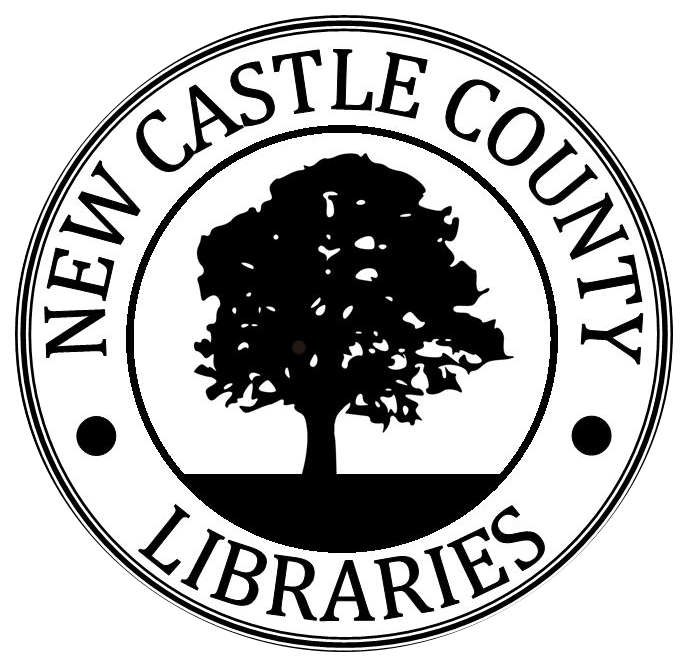Advocating for our Preschoolers: A lesson in helping them find their words and voices
/“You can’t teach them Spanish,” he said with a condescending smile and a slight chuckle.
I felt my face begin to burn red and my forehead crease. I was missing something obvious.
“You know, these kids don’t even use words yet.” He sounded a bit annoyed that he had to address this.
How embarrassing. I did my research for this school and I didn’t even realize. It must be a school for children with specific special needs. Where did it say that? I wanted to bury myself in a hole for being so insensitive, but before I could inquire further, I just felt myself automatically apologize.
“I’m sorry. My mistake.”
That happened in our first year of business, maybe even within the first couple of months. It turns out that that man was the preschool’s family pastor and director. The director! He was the preschool’s appointed leader and problem-solver, there to help families safely navigate through their children’s earliest years and their first experiences with education. That preschool was not a preschool for children with special needs. The preschool director just didn’t know what his students were capable of learning.
How could he so blatantly disregard his students’ language milestones? I still ask myself this. Even nine-month-old babies wave to others when their parents ask. And between the ages of 2 and 3, children undergo a huge jump in language skills, going from 50 to 200 words and stringing together sentences. You’d probably understand about 75% of what this age group is saying to you, but they fully comprehend everything you say. This is why it is such a crucial time for learning a second language and why I especially feel I must advocate for this group of little ones. Because there is nothing like watching our three through Pre K students realize on day one that we are there to have fun in order to learn.
But I will say, our two-year-old classes are some of my favorites, because the progress is so real. Take our 2-year-old Chinese classes. These toddlers have 20-minute classes, once a week. On day one, we teach them our hello song complete with a backing track, a live guitar and tambourine. It’s like a mini concert. The children all hold shakers, but their faces are completely blank yet somehow judgmental. This is a far cry from our older preschool classes. They are more than happy to sing and dance with us the moment they walk through the door. But with the two’s, it’s different. And in that first class, to onlookers, it appears that we have bombed. It’s not until a month into class when all of a sudden our two-year-olds’ confidence soars. They join the elder classes by greeting us with “Nǐ hǎo” and they love to dance and shake their shakers. By the end of the year, that burst of language occurs and they use Chinese phrases and they sing our songs, which are all in Mandarin. Our two-year-old students that advance to older classes are more confident in their Mandarin than our students who start later in life. This might seem obvious, since our two-year-old students have had more exposure to the language, but the important takeaway is that two-year-olds are mighty capable of learning a second language. So what does that say about the rest of the preschoolers? How old do they need to be considered capable of learning a second language?
Our preschool students deserve every opportunity. And as an educator of this fantastic bunch, I have made it my mission to fight for their education and to help them find their words, in both a first and second language. Because once they find those words, they find their voices. They become open-minded, welcoming and empathetic human beings. And you might think that that’s just me being partial to my students, but studies find the exact same results. And that’s just the beginning of the benefits. The funny thing is, advocating for them has helped me find my voice as well. I made a promise to myself to be unapologetic when it comes to standing up for my students, their words and their voices. So step aside nay-sayers, because my students are coming through and they have something to say.









